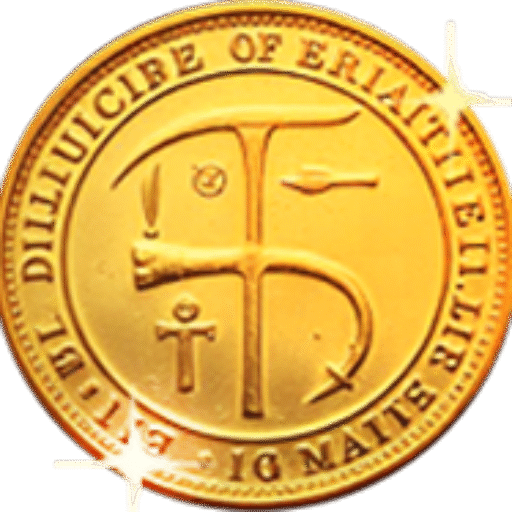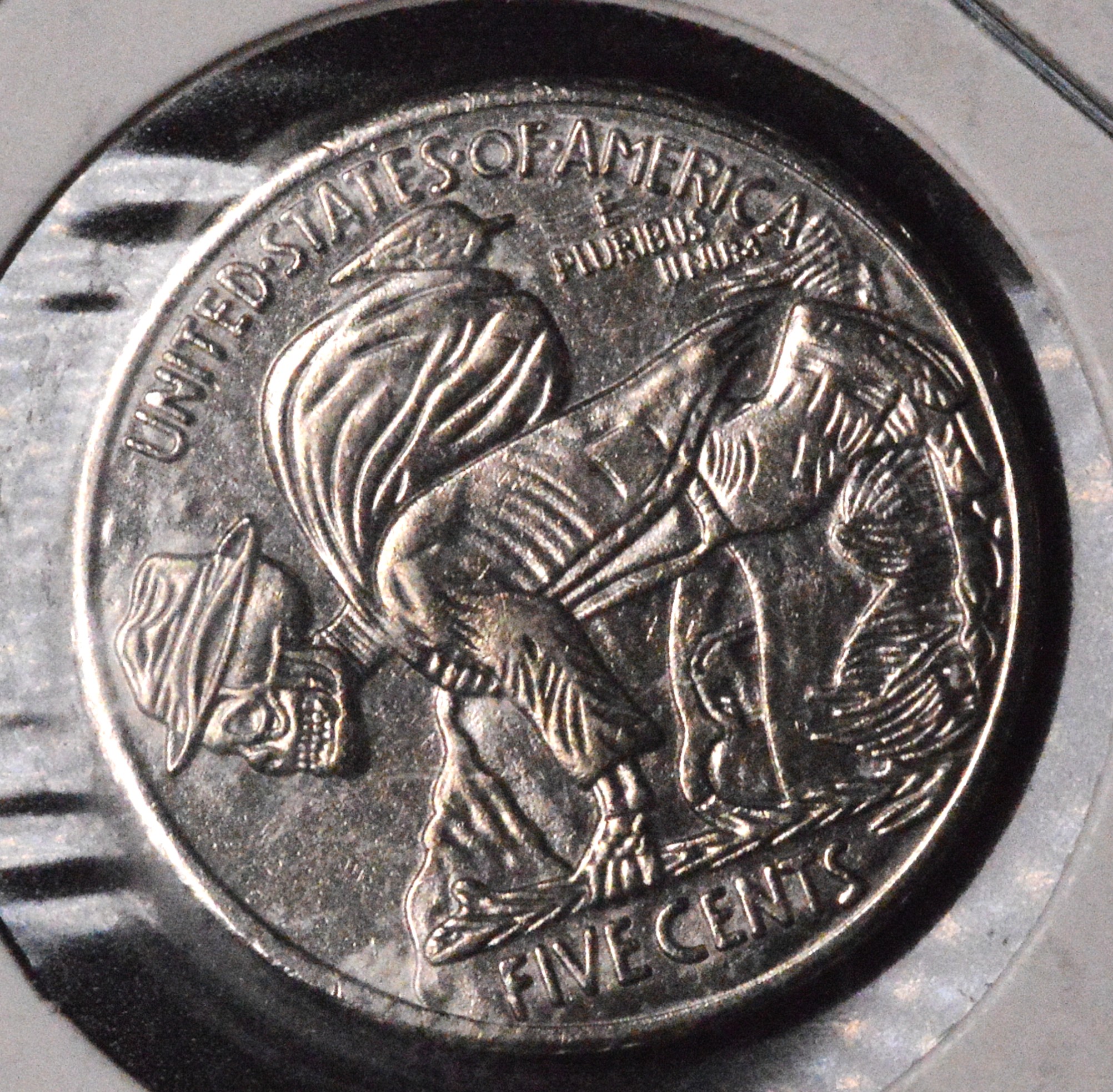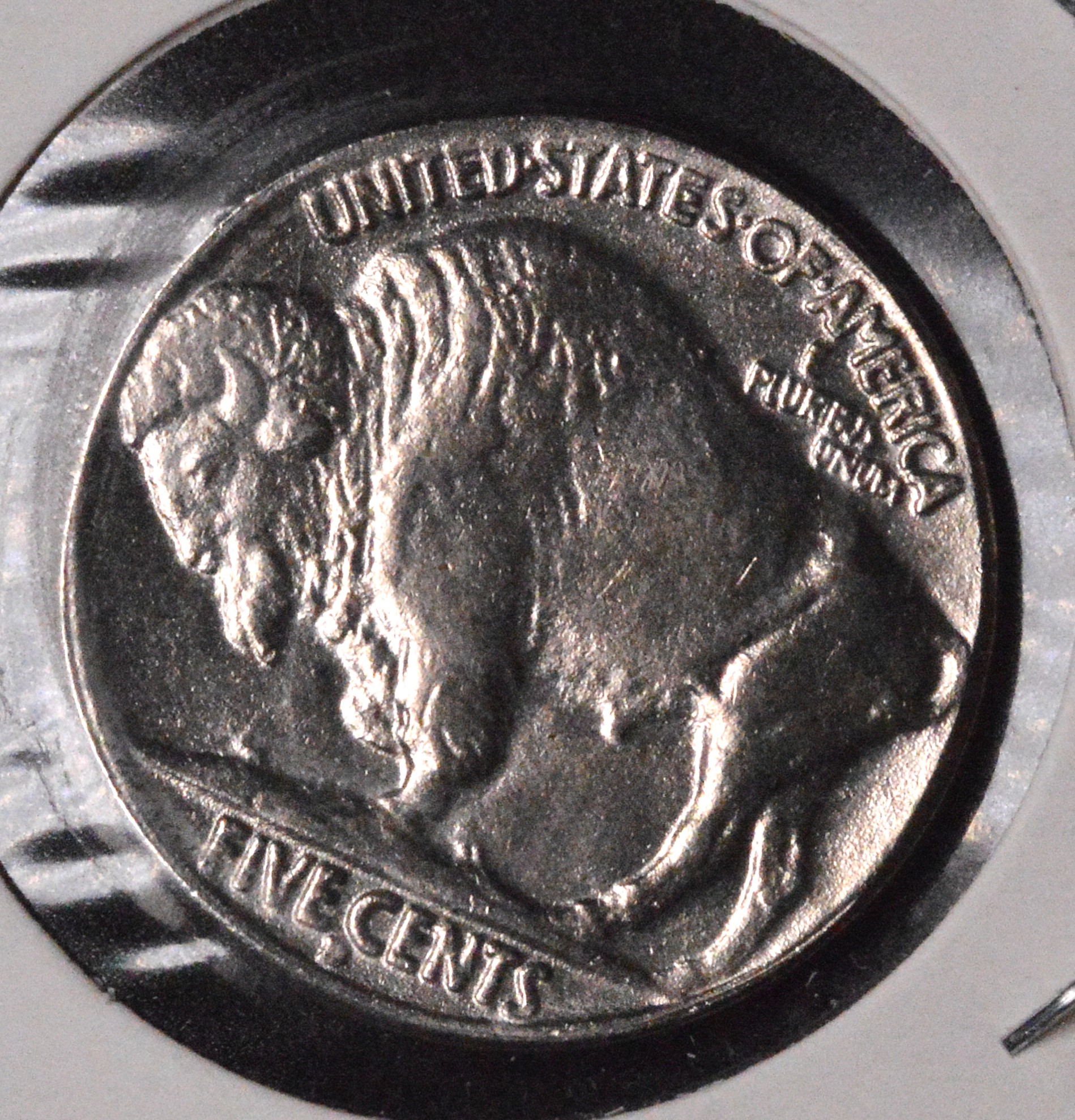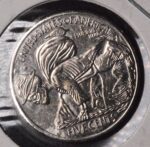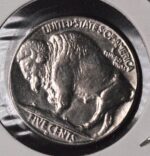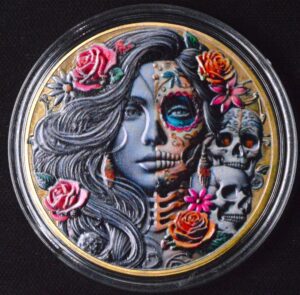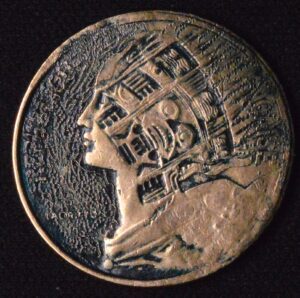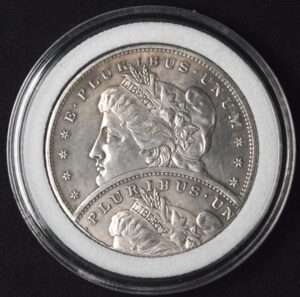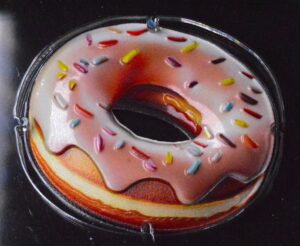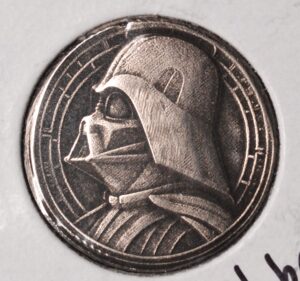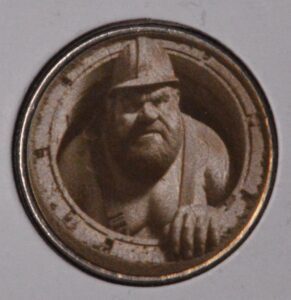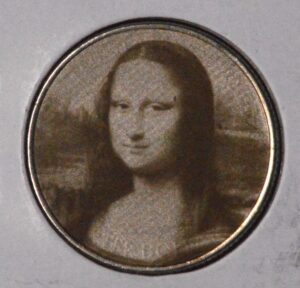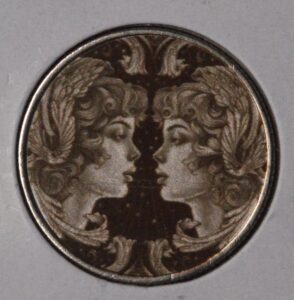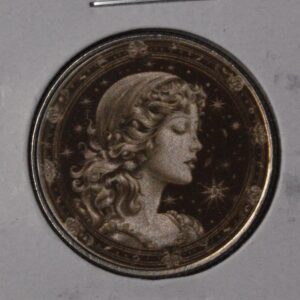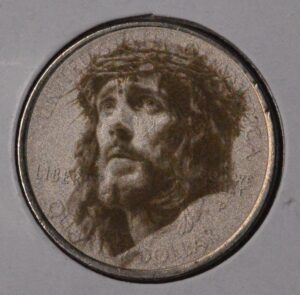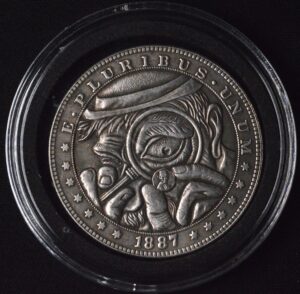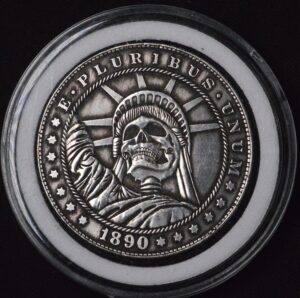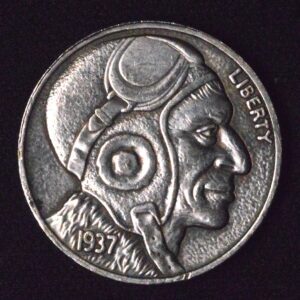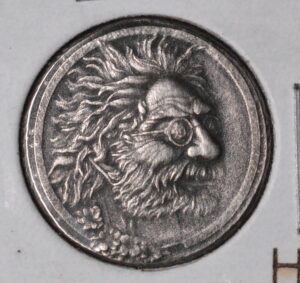Description
The “Humpback Joe the Hobo” nickel refers to a modern or commemorative carving inspired by the original hobo nickel art that originated in the early 20th century. Hobo nickels were hand-carved coins, typically using Buffalo nickels (1913–1938) as canvases, transformed by itinerant workers—“hobos”—who traveled across America during the Great Depression. These artists altered the coin’s design using crude tools like knives or nails, turning ordinary nickels into miniature works of American folk art that often depicted portraits, skulls, or self-styled figures.
Humpback Joe is likely a named character or carving style created by a modern coin engraver as part of the continued tradition of hobo nickels. Contemporary artists such as those registered with the Original Hobo Nickel Society often create caricature-style designs with unique names, paying tribute to legendary early carvers like Bertram “Bert” Wiegand and George Washington “Bo” Hughes. These names and figures help distinguish individual artworks and revive the storytelling spirit of the original hobo craftsmen.
The hobo nickel tradition remains strong today, with both historical and modern examples commanding collector interest. Original Depression-era carvings by artists such as Bo Hughes are rare and highly valued for their authenticity and rustic charm. Modern versions like “Humpback Joe” are typically more detailed and refined, using advanced engraving tools and precious metal blanks such as silver or brass, yet they maintain the same folk art legacy of individuality and creativity.
In short, a Humpback Joe the Hobo nickel is a continuation of this distinctive American folk art form. Whether produced by an early 20th-century wanderer or a modern master engraver, each hobo nickel—like “Humpback Joe”—represents a one-of-a-kind, handcrafted piece of numismatic and cultural storytelling.
The “Humpback Joe the Hobo” nickel refers to a modern or commemorative carving inspired by the original hobo nickel art that originated in the early 20th century. Hobo nickels were hand-carved coins, typically using Buffalo nickels (1913–1938) as canvases, transformed by itinerant workers—“hobos”—who traveled across America during the Great Depression. These artists altered the coin’s design using crude tools like knives or nails, turning ordinary nickels into miniature works of American folk art that often depicted portraits, skulls, or self-styled figures.
Humpback Joe is likely a named character or carving style created by a modern coin engraver as part of the continued tradition of hobo nickels. Contemporary artists such as those registered with the Original Hobo Nickel Society often create caricature-style designs with unique names, paying tribute to legendary early carvers like Bertram “Bert” Wiegand and George Washington “Bo” Hughes. These names and figures help distinguish individual artworks and revive the storytelling spirit of the original hobo craftsmen.
The hobo nickel tradition remains strong today, with both historical and modern examples commanding collector interest. Original Depression-era carvings by artists such as Bo Hughes are rare and highly valued for their authenticity and rustic charm. Modern versions like “Humpback Joe” are typically more detailed and refined, using advanced engraving tools and precious metal blanks such as silver or brass, yet they maintain the same folk art legacy of individuality and creativity.
In short, a Humpback Joe the Hobo nickel is a continuation of this distinctive American folk art form. Whether produced by an early 20th-century wanderer or a modern master engraver, each hobo nickel—like “Humpback Joe”—represents a one-of-a-kind, handcrafted piece of numismatic and cultural storytelling.
The “Humpback Joe the Hobo” nickel refers to a modern or commemorative carving inspired by the original hobo nickel art that originated in the early 20th century. Hobo nickels were hand-carved coins, typically using Buffalo nickels (1913–1938) as canvases, transformed by itinerant workers—“hobos”—who traveled across America during the Great Depression. These artists altered the coin’s design using crude tools like knives or nails, turning ordinary nickels into miniature works of American folk art that often depicted portraits, skulls, or self-styled figures.
Humpback Joe is likely a named character or carving style created by a modern coin engraver as part of the continued tradition of hobo nickels. Contemporary artists such as those registered with the Original Hobo Nickel Society often create caricature-style designs with unique names, paying tribute to legendary early carvers like Bertram “Bert” Wiegand and George Washington “Bo” Hughes. These names and figures help distinguish individual artworks and revive the storytelling spirit of the original hobo craftsmen.
The hobo nickel tradition remains strong today, with both historical and modern examples commanding collector interest. Original Depression-era carvings by artists such as Bo Hughes are rare and highly valued for their authenticity and rustic charm. Modern versions like “Humpback Joe” are typically more detailed and refined, using advanced engraving tools and precious metal blanks such as silver or brass, yet they maintain the same folk art legacy of individuality and creativity.
In short, a Humpback Joe the Hobo nickel is a continuation of this distinctive American folk art form. Whether produced by an early 20th-century wanderer or a modern master engraver, each hobo nickel—like “Humpback Joe”—represents a one-of-a-kind, handcrafted piece of numismatic and cultural storytelling.
CUSTOMER FEEDBACK








Related Products & Newly Released!




SHIPPING POLICY
Your order is shipped from the United States with USPS tracking within one business day.
14 Day Return Policy
You can return your item back within
14 days of the purchase

Secure payments
Your payments are 100% secure and are processed through Square or PayPal on a protected security network.
SHIPPING POLICY
FREE International and Domestic (United States) shipping. Your order is shipped with USPS tracking 24 hours after you order.
14 Day Return Policy
You can return your item back within
14 days of the purchase

Secure payments
Your payments are 100% secure and are processed through Square or PayPal on a protected security network.
RESOURCES
support
Get Fresh Articles!
Sign up now to receive our articles for the latest insights and promotions!
RESOURCES
support
Get Fresh Articles!
Signup our newsletter to get update insight or promotions.

